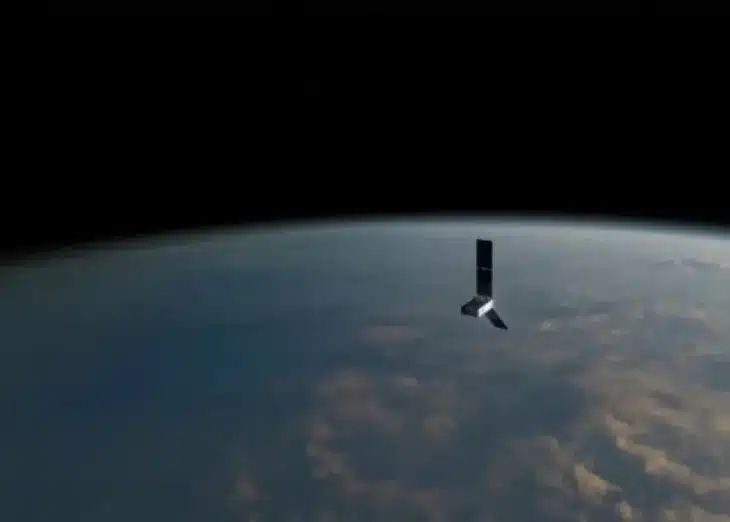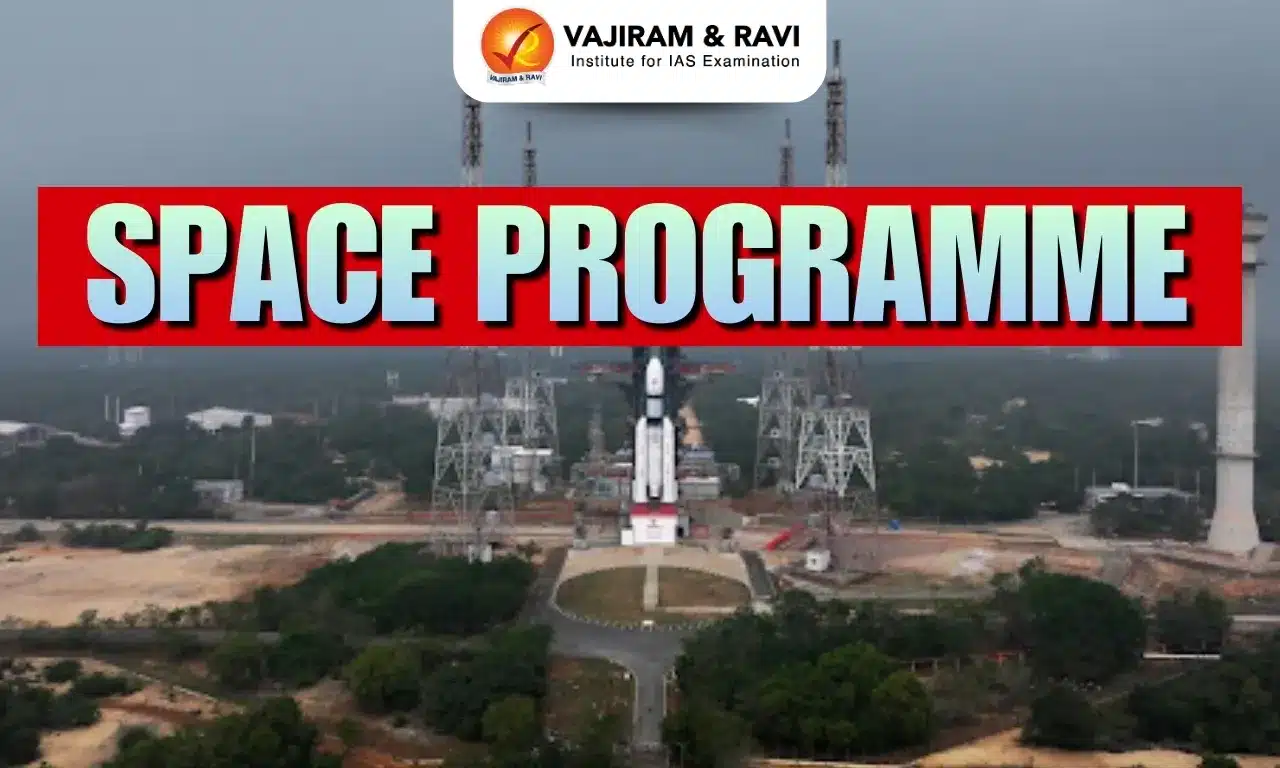What’s in today’s article?
- Why in News?
- What is the significance of measuring heat emissions at Earth’s poles?
- What are CubeSats?
- What is PREFIRE mission?
Why in News?
Recently, the National Aeronautics and Space Administration (NASA) launched one of the two climate satellites, which would study heat emissions at Earth’s poles. The second satellite will be launched in the following days.
The mission to study the poles has been named PREFIRE (Polar Radiant Energy in the Far-InfraRed Experiment).
What is the significance of measuring heat emissions at Earth’s poles?
- To analyse Earth’s energy budget
- Measuring heat emissions at Earth’s poles will help us understand the Earth’s energy budget.
- The Earth’s energy budget is the balance between the amount of heat incoming to Earth from the Sun and the amount of heat outgoing from Earth into space.
- The difference between the two determines the planet’s temperature and climate.
- Measuring heat emissions at Earth’s poles will help us understand the Earth’s energy budget.
- Currently no way to measure heat radiated from the Arctic and Antarctica
- A large amount of the heat radiated from the Arctic and Antarctica is emitted as far-infrared radiation.
- Far-infrared radiation are wavelengths of 3 μm to 1,000 μm within the infrared range of electromagnetic radiation.
- However, there is currently no way to measure this type of energy. As a result, there is a gap in knowledge about the planet’s energy budget.
- A large amount of the heat radiated from the Arctic and Antarctica is emitted as far-infrared radiation.
What are CubeSats?
- Overview
- CubeSats are miniature satellites with a basic design consisting of a 10 cm x 10 cm x 10 cm cube, known as “one unit” or “1U.”
- Each unit weighs no more than 1.33 kg.
- As per NASA, depending on their mission, CubeSats can be configured in various sizes, including 1.5, 2, 3, 6, and 12U.
- Origins and Development
- CubeSats were first developed in 1999 by California Polytechnic State University at San Luis Obispo (Cal Poly) and Stanford University as educational tools.
- Their low cost and reduced mass compared to traditional satellites made them attractive for technology demonstrations, scientific research, and commercial purposes.
- PREFIRE Mission CubeSats
- Each PREFIRE satellite is a 6U CubeSat, measuring approximately 90 cm in height and nearly 120 cm in width when the solar panels are deployed.
- These panels provide the necessary power for the satellite’s operations.
- Each PREFIRE satellite is a 6U CubeSat, measuring approximately 90 cm in height and nearly 120 cm in width when the solar panels are deployed.
- Difference from SmallSats
- Small spacecraft (SmallSats) focus on spacecraft with a mass less than 180 kilograms and about the size of a large kitchen fridge.
- Even with small spacecraft, there is a large variety of size and mass that can be differentiated.
- Minisatellite, 100-180 kilograms
- Microsatellite, 10-100 kilograms
- Nanosatellite, 1-10 kilograms
- Picosatellite, 0.01-1 kilograms
- Femtosatellite, 0.001-0.01 kilograms
What is PREFIRE mission?
- Mission Objectives
- The two PREFIRE satellites will be placed in a near-polar orbit at an altitude of about 525 kilometers.
- Their mission is to measure the amount of heat radiated into space by the Arctic and Antarctica, helping scientists understand how this radiation influences the planet’s climate.
- Mission overview
- Basically, this mission aims to study far-infrared radiation from Earth’s poles using two CubeSats.
- The data collected by these satellites will help scientists better understand the planet’s energy budget.
- The CubeSats will also measure the amount of far-infrared radiation trapped by atmospheric water vapour and clouds at the poles and how this influences the greenhouse effect in the region.
- Equipment and Technology
- Each PREFIRE CubeSat is equipped with a Thermal Infrared Spectrometer (TIRS).
- This instrument measures the amount of infrared and far-infrared radiation emitted from the Arctic and Antarctica.
- The spectrometer features specially shaped mirrors and detectors designed to split and measure infrared light, providing detailed data for analysis.
- Importance of the Mission
- Their observations will help us understand the fundamentals of Earth’s heat balance, allowing us to better predict how our ice, seas, and weather will change in the face of global warming.
Q.1. What is Thermal Infrared Spectrometer (TIRS)?
Thermal Infrared Spectrometer (TIRS) is a sensor on the Landsat 8 satellite that measures the temperature of the Earth’s land surface in two thermal bands. TIRS uses Quantum Well Infrared Photodetectors (QWIPs) to detect long wavelengths of light, called thermal infrared, that are beyond the range of human vision.
Q.2. What is far-infrared radiation?
Far-infrared radiation (FIR) is a range of electromagnetic radiation, or light, with wavelengths between 3 micrometers (μm) and 1,000 μm. It’s a subdivision of the infrared spectrum, and its longer wavelengths overlap with terahertz radiation.
Source: Why has NASA launched a tiny satellite to measure heat lost from Earth’s poles? | NASA
Last updated on January, 2026
→ Check out the latest UPSC Syllabus 2026 here.
→ Join Vajiram & Ravi’s Interview Guidance Programme for expert help to crack your final UPSC stage.
→ UPSC Mains Result 2025 is now out.
→ UPSC Notification 2026 is scheduled to be released on January 14, 2026.
→ UPSC Calendar 2026 has been released.
→ UPSC Prelims 2026 will be conducted on 24th May, 2026 & UPSC Mains 2026 will be conducted on 21st August 2026.
→ The UPSC Selection Process is of 3 stages-Prelims, Mains and Interview.
→ Prepare effectively with Vajiram & Ravi’s UPSC Prelims Test Series 2026 featuring full-length mock tests, detailed solutions, and performance analysis.
→ Enroll in Vajiram & Ravi’s UPSC Mains Test Series 2026 for structured answer writing practice, expert evaluation, and exam-oriented feedback.
→ Join Vajiram & Ravi’s Best UPSC Mentorship Program for personalized guidance, strategy planning, and one-to-one support from experienced mentors.
→ UPSC Result 2024 is released with latest UPSC Marksheet 2024. Check Now!
→ UPSC Toppers List 2024 is released now. Shakti Dubey is UPSC AIR 1 2024 Topper.
→ Also check Best UPSC Coaching in India

















